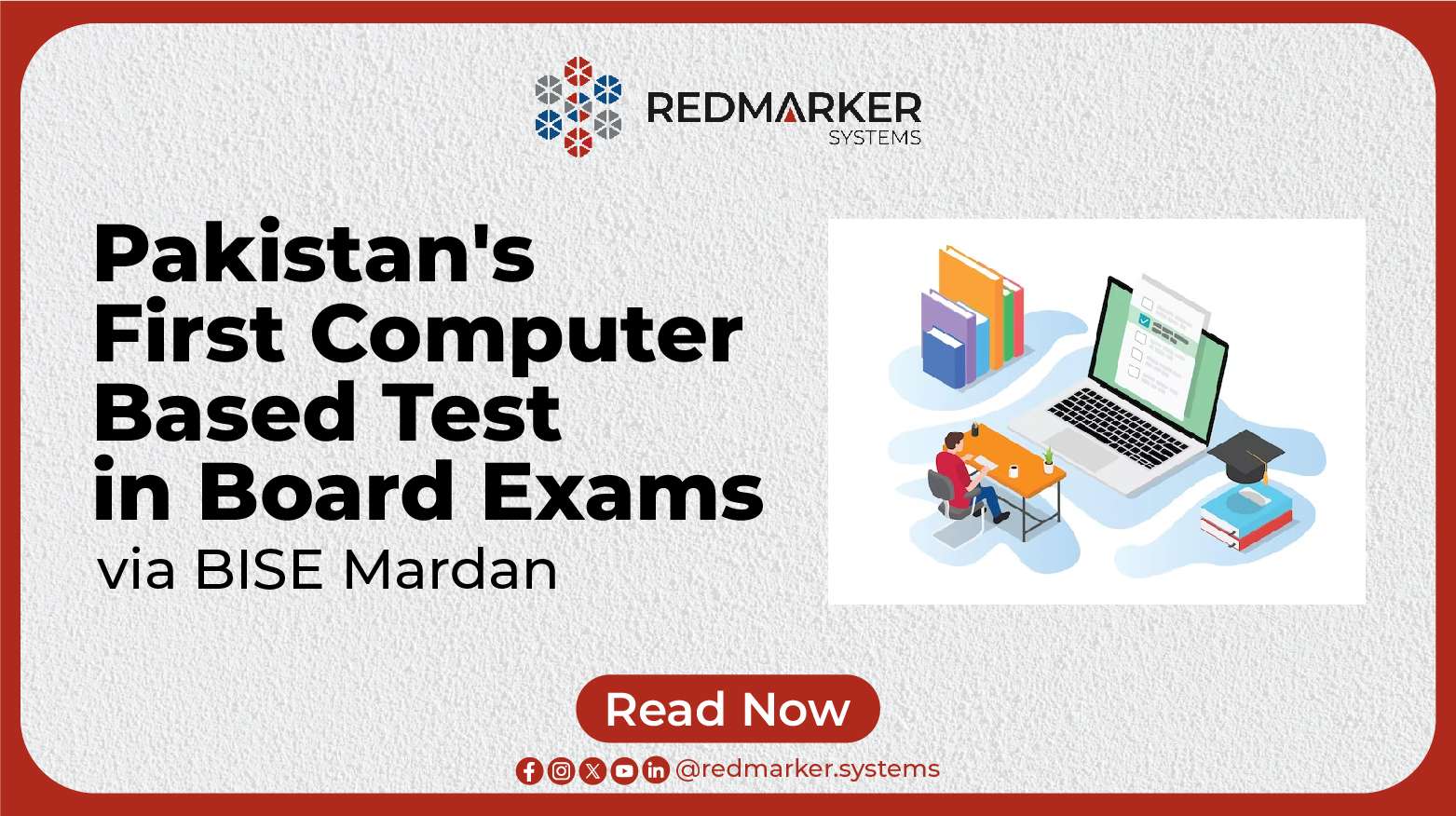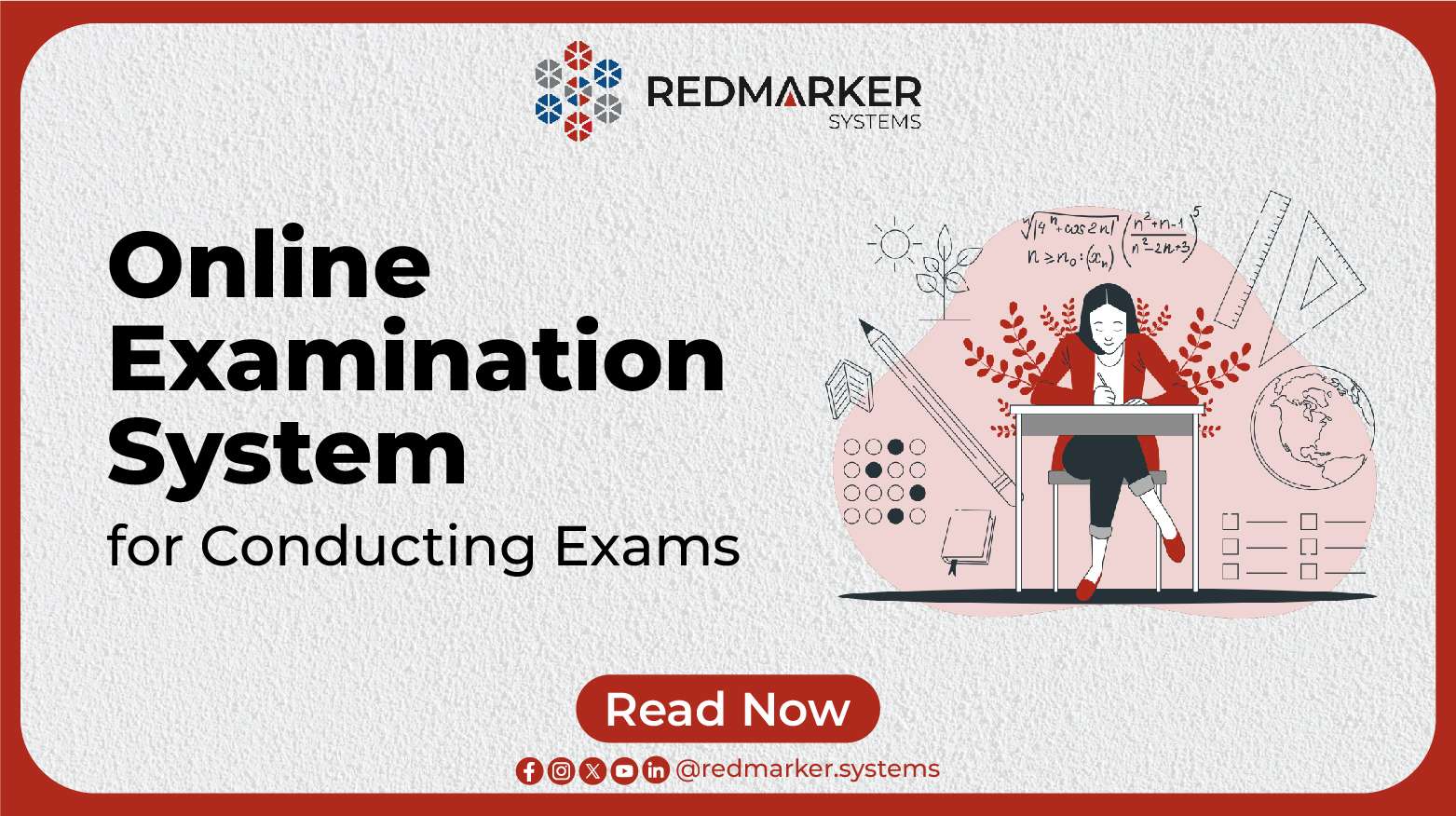Everything you need to know about E-Marking Myths
In today’s rapidly evolving educational landscape, technology has become an integral part of the assessment process. E-marking, or electronic marking, is at the forefront of this transformation. Despite its many advantages, several myths and misconceptions have led some educational institutions to doubt the benefits of e-marking. In this blog, we will dispel five common myths surrounding e-marking and highlight the truth behind them.
Myth 1: E-marking will create more work for our examiners.
Reality: E-marking streamlines the assessment process and reduces the workload for examiners.
How? E-marking software is equipped to automate tasks such as totaling marks and error checking. This automation not only saves time but also enhances accuracy, ensuring that candidates receive fair and consistent evaluations. Moreover, e-marking tools empower examiners to efficiently manage their marking process, allowing them to focus more on providing valuable feedback to candidates, which is essential for their growth and improvement.
Myth 2: E-marking doesn’t seem very secure.
Reality: E-marking platforms prioritize security to protect candidate data. They employ robust encryption techniques to safeguard sensitive information. Access control mechanisms ensure that only authorized personnel can access the system. Additionally, audit trails provide a comprehensive record of all activities related to the assessment process, enhancing transparency and accountability. These security features collectively make e-marking a secure and trustworthy method for assessing student work.
Myth 3: E-marking won’t be suitable for our exams.
Reality: E-marking is a versatile solution capable of assessing a wide variety of exam and assessment formats. Whether it’s multiple-choice questions, essays, coursework, or practical assessments, e-marking platforms can handle them all. Furthermore, these platforms are highly customizable, allowing educational institutions to tailor them to the specific needs and requirements of different awarding organizations. This adaptability makes e-marking a suitable choice for a diverse range of assessments.
Myth 4: It’s better for us to wait until we can move to full e-testing and e-assessment.
Reality: E-marking doesn’t require institutions to make a complete transition to e-testing and e-assessment. It can be seamlessly integrated with traditional paper-based exams and assessments. This means that educational institutions can start reaping the benefits of e-marking immediately without the need for a full-scale digital transformation. The gradual adoption of e-marking allows institutions to enhance efficiency and accuracy in their assessment processes while maintaining continuity in their existing methods.
Myth 5: E-marking will compromise the quality of the assessment we provide.
Reality: On the contrary, e-marking has the potential to improve the quality of assessments. By automating many of the marking tasks, e-marking reduces the likelihood of human errors, ensuring fair and consistent evaluations. Moreover, e-marking platforms offer real-time feedback to examiners, enabling them to continually improve their marking accuracy. Additionally, these platforms include features that help ensure all candidates are assessed fairly and consistently, enhancing the overall quality of the assessment process.
Conclusion
E-marking is a powerful tool that can revolutionize the assessment process in educational institutions. By debunking the myths surrounding e-marking, we can recognize its true potential in enhancing efficiency and maintaining the quality of assessments. Educational institutions should embrace e-marking as a valuable addition to their assessment toolkit, regardless of their current level of digital adoption. E-marking not only streamlines the assessment process but also provides examiners with the tools they need to deliver fair, consistent, and high-quality evaluations, ultimately benefiting both educators and students. Don’t let these myths hold you back from the advantages of e-marking – it’s time to embrace the future of assessment!


